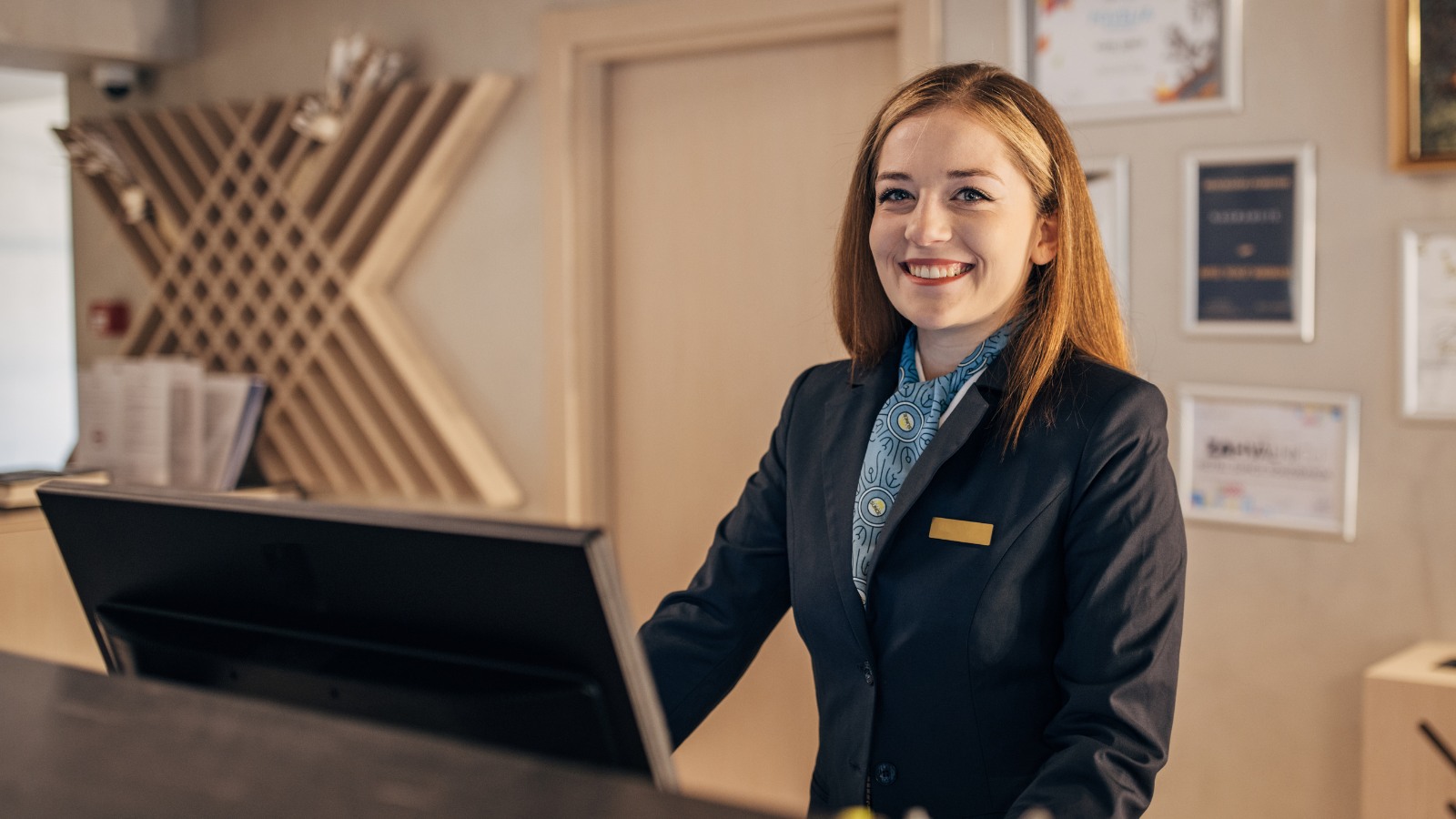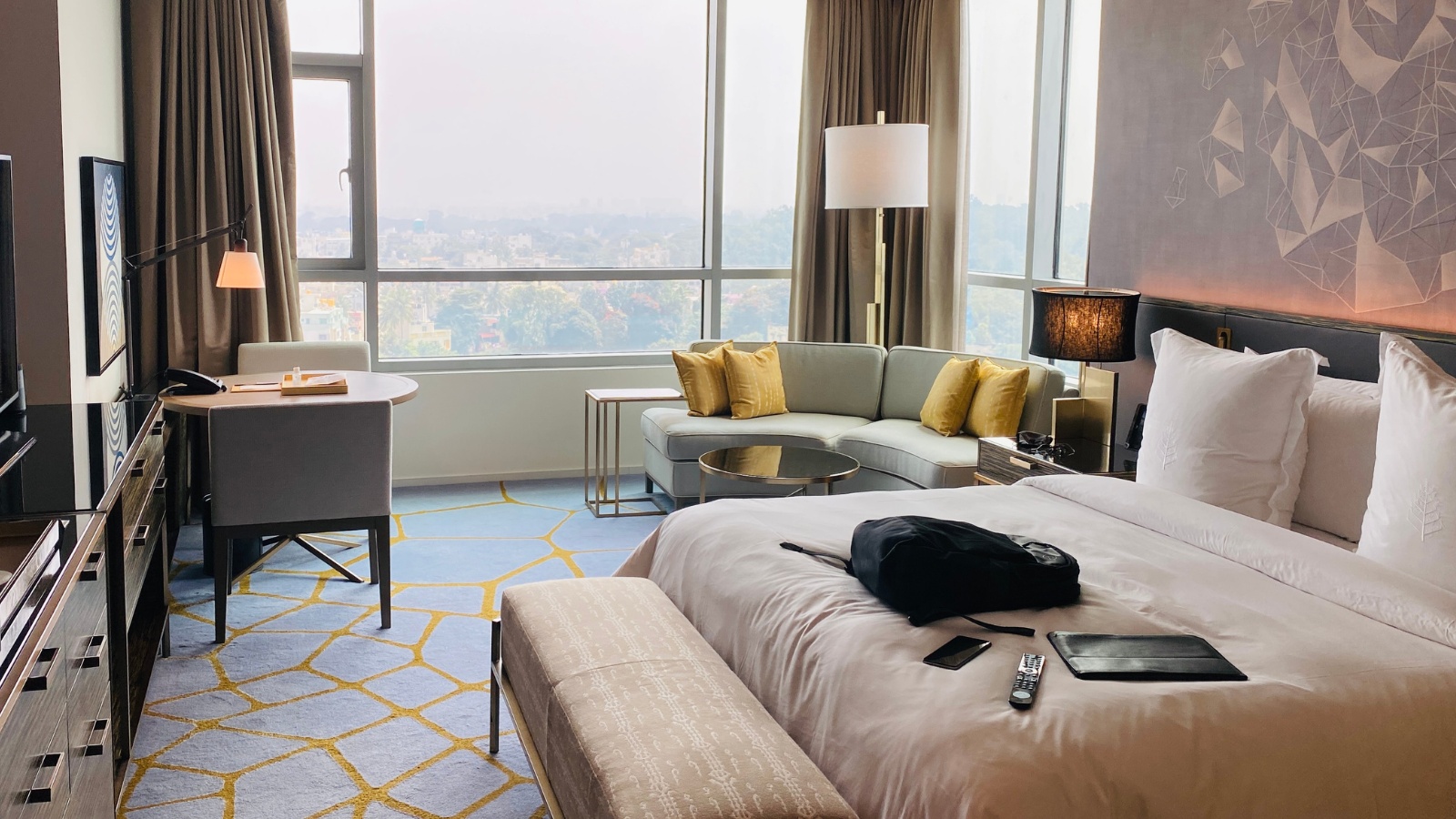
Hotel occupancy rates can be indicative of success, but they must be viewed in context, alongside other key metrics such as Market Penetration Index (MPI), which offers a way to compare your hotel occupancy with that of your competitors within your market. For example, you may think that having an occupancy rate of 70% is great, but if your MPI is less than 100, that would mean that your property has captured less than its fair share of occupancy or “piece of the pie” in your market.
If you’re not capturing your fair share of the market, it may indicate that changes to your revenue strategy could improve your hotel occupancy rate, or, if you are capturing significantly more business than your competitors, there may be capacity to increase your prices. In short, your hotel occupancy rate is one of several KPI’s you should monitor to understand your current revenue performance and your future potential.
In this article, I outline why your hotel occupancy rate is important, how to calculate it, tips to improve it and the key mistake to avoid at all costs!
Why Is Hotel Occupancy Rate Important?
Occupancy is a key metric, expressed as a percentage, that involves identifying the number of rooms sold and total number of rooms available. It is a KPI often used to measure hotel performance and should be tracked regularly on a daily, weekly, monthly and annual basis. Occupancy rates help you assess how well your property is performing in comparison to the past, in real-time and provide an indication of how well you are likely to perform in the future.
I recommend comparing your hotel occupancy rate with your competitors within your market on the same basis – this will help you put your results in to context and may provide clues as to how much your advertising and marketing activities, or local events, affect your occupancy levels. It may also indicate that it’s worthwhile to make adjustments to your pricing, running a special offer or even streamlining staff.
A high occupancy rate (i.e. 85% +) and more guests in-house creates great potential for higher revenues from your amenities/facilities (i.e. golf courses, restaurants and spas) and an increased opportunity to spread brand awareness and build loyalty. Occupancy rates can also influence and shape decisions made by hotel owners regarding capital expenditure, employee bonuses and salaries, maintenance and renovations too.
How To Calculate Your Hotel Occupancy Rate
You can calculate your hotel occupancy rate by dividing the number of rooms sold, by the number of rooms available, be it for a given day(s), week(s), month(s) and/or year(s).
Occupancy = Rooms Sold / Rooms Available = (%)
For example, if your hotel has 60 bedrooms available each day and you sold 51 of them on a particular day, your occupancy rate for that day would be 85%
So: 51 (Rooms Sold) / 60 (Rooms Available) = 85%
It is essential to know what your hotel occupancy rate is every day – so that when you begin to create a revenue strategy, it will serve to maximise your overall performance and help you reach your goals. If you’re not already, start noting your occupancy rate every day and share it with your team!
7 Tips To Improve Hotel Occupancy Rates
There are several ways in which you could attempt to improve your hotel occupancy rate, below I’m sharing 7 of my top tips which are the most effective and reliable:
1. Conduct A Competitor Analysis
Identifying appropriate competitors is a crucial element of revenue management and is necessary so that you can find where your hotel is positioned within the market. Build and research a competitive set that is accurately aligned with your property based upon their amenities, brand, location, product, review scores and star rating. A thorough competitor analysis will help you understand the price-value relationship in the eyes of customers and give you confidence to adapt your pricing strategy accordingly.
2. Manage Your Online Reputation
Your online reputation includes awards, local press, reviews, search results and social media posts and they play a major role in helping your prospective guests deciding where to stay. A positive reputation also enables you to charge higher prices! You no doubt endeavour to provide a faultless guest experience so ensure that you ask guests to write a review as part of your online reputation management. By responding to all reviews, irrespective of their sentiment, in a personalised, timely manner, you will also enhance your reputation online and improve your chances of increasing your hotel occupancy rate.
3. Increase Value With Customisable & Personalised Packages
Offering customisable and personalised packages that distinguish you from your competitors is another method you can employ to improve your occupancy rate. Can guests include VIP access to a sporting event they wish to watch live, for example, or adjust their sleep experience by choosing a mattress’ firmness? Tempting offers can increase your ability to retain previous customers, broaden your appeal to prospective customers and allow you to combine any of the products and services you offer to exceed your guests’ expectations.
Tip! Ensure that the packages you offer increase value for your customers and that they are commercially viable!
4. Offer Incentives For Increased Length Of Stay
Entice prospective guests to stay with you longer by offering them discounted deals, such as Stay For 3 Nights & Save ‘X’. The goal is to tempt guests to stay on nights where demand is likely to be low and you expect your occupancy to be lower than desired. To keep your profit margins high, only make this deal available via your hotel website and for guests who contact you directly via email or telephone.
5. Apply Length Of Stay Restrictions To High Demand Dates
To maximise your returns from those dates that have high demand, you can also implement length of stay (LOS) restrictions. Below are 3 scenarios where this approach is most effective:
- Date(s) with high demand and are preceded or followed by a date(s) for which you anticipate low demand. Only accept stays of a longer duration on the high demand date(s) and reject stays of a shorter duration for arrival, to improve your occupancy on the adjacent low demand date(s).
- Multiple night reservations that encroach upon a high demand date(s). Don’t permit these reservations when you reasonably expect to sell your rooms at higher prices – guests who want to do this could feasibly be charged the higher price on the date(s) when demand is high.
- When demand is high and you anticipate maximising occupancy via stays, rather than arrivals – only accept reservations from guests who will stay through from previous nights, not guests whose arrival is questionable.
6. Broaden Your Distribution
Selling across a range of industry booking channels, such as online travel agents (OTA’s) like Booking.com & Expedia, the Global Distribution System (GDS) and Metasearch can also help increase occupancy and visibility online. GDS connections can connect your property with leading travel providers, travel consortia, travel agencies and corporate travel programs where you can capture high value corporate travellers and promote event space. Metasearch websites such as Google Hotel Ads, Trip Advisor & Trivago can also help attract a wider pool of guests, ensure your listings are seen and drive guests to book via your hotel website, rather than via third party channels.
7. Hire A Revenue Professional
If your revenues are falling short of your targets and you lack on-property revenue management expertise, it’s a great time to start a conversation with a hotel revenue management consultant. An experienced revenue professional can help improve your hotel occupancy rates by using systematic computational analysis of historical, real-time and future related data to assist in predicting customers’ buying behaviour. This enables relevant pricing, inventory and distribution related decisions that will also maximise your revenues, or, to put this more simply, to sell the right product(s), to the right customer, for the right price, via the right channel, at the right time.
The Key Mistake To Avoid With Hotel Occupancy Rates
Hoteliers often choose to prioritise their occupancy rate on the basis that it is indicative of an efficient use of space. As a result, they usually concentrate their efforts on discounting, when the real objective should be to boost revenues, rather than simply ensuring that all rooms are occupied.
Hotels that acquire business with cheap prices, engage in price wars, offer huge discounts to low-value customers and discount unnecessarily will limit top-line revenues, reduce potential profitability, erode the integrity of prices and adversely affect market position. Recovering from such initiatives can prove challenging and those guests that you have attracted via these methods may be unwilling to return in future when you increase your prices without offering them further value.
Are You Ready To Reach Your Revenue Goals?
At MavREV, we are set up to provide a complete, outsourced revenue management service and serve as a friendly, proactive addition to your on-property team. So, whether you wish to increase your hotel occupancy, achieve a more profitable Average Daily Rate (ADR), or reduce the time you spend managing your distribution channels – we can help! Get in touch with us today to book your free revenue management audit.




